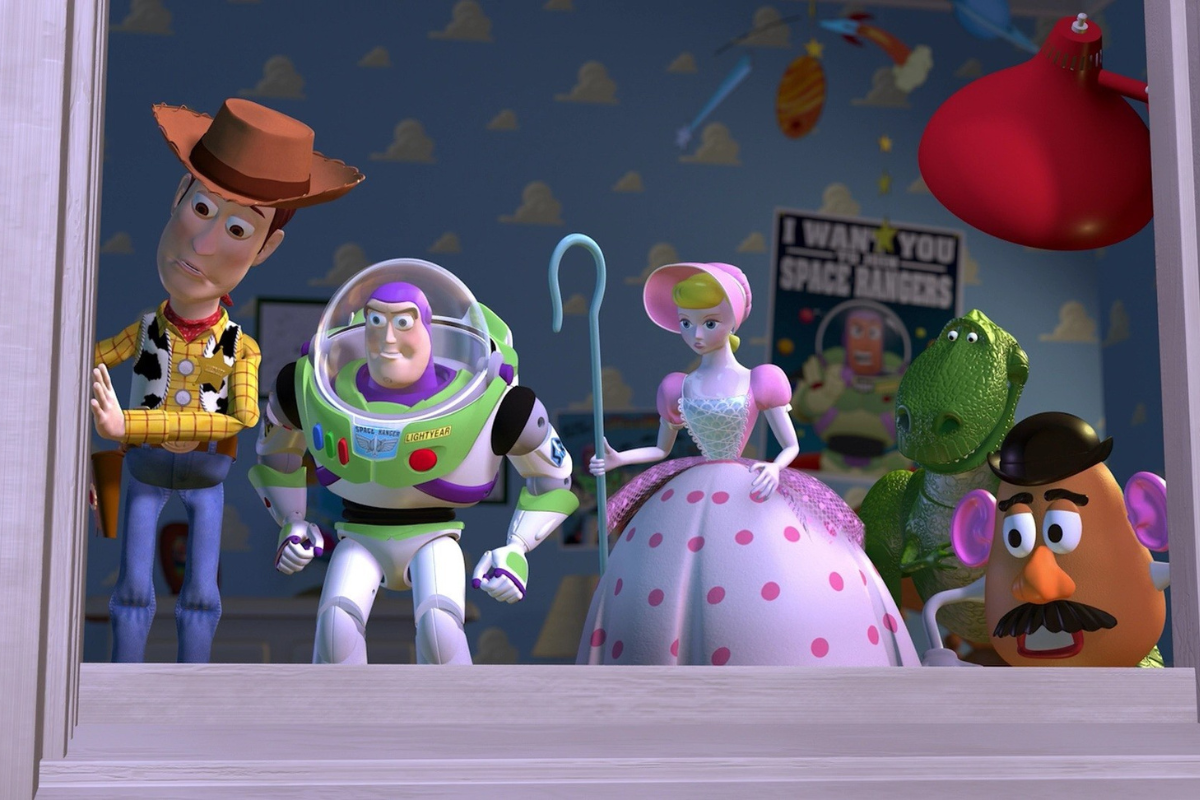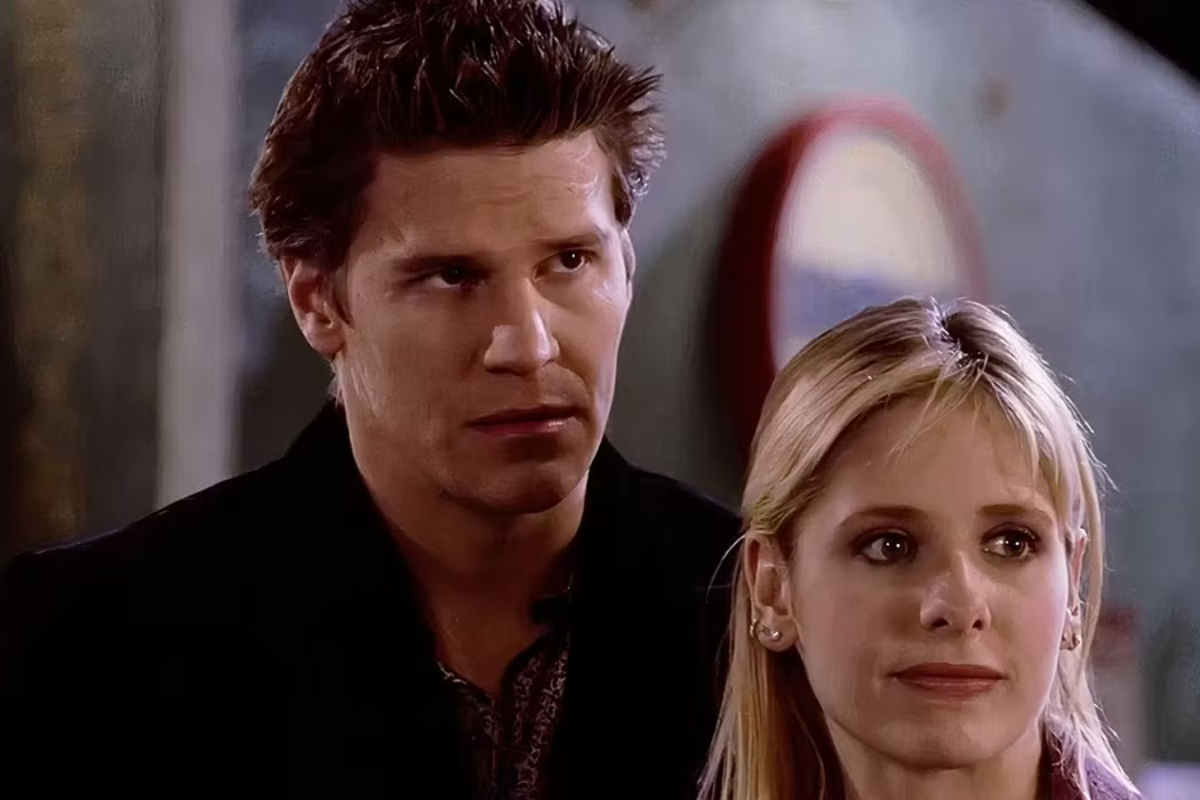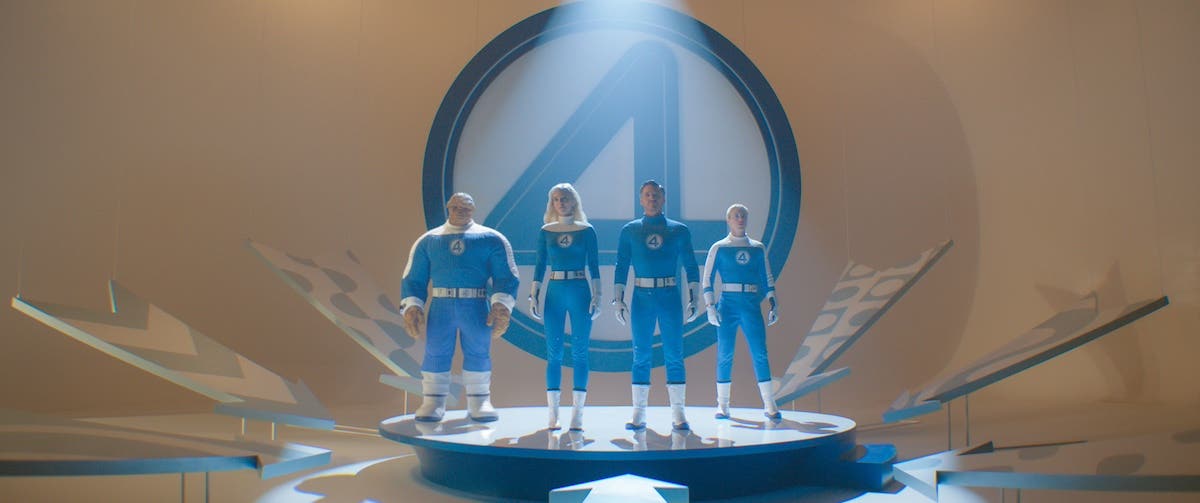BEHIND THE LINES WITH DR: Cutting Scenes – Pace or Play
If your reader doesn’t beg to turn the page, your story’s pace is off. Doug Richardson discusses cutting scenes to get the pace just right.
Doug Richardson’s first produced feature was the sequel to Die Hard, Die Harder.Visit Doug’s site for more Hollywood war stories and information on his popular novels. Follow Doug on Twitter @byDougRich.
This is a love letter to a thing called pace. Believing in it. Letting it be your guide. I’m talking about having a flat-out affair with pace at the expense of your… gulp… own written words.
But first, a little context. And context usually comes from readers. Professionals. Those with skin in the game. As for their reviews, I’ve heard most of ‘em. So maybe have you:
“I like it a lot, but it could use a little pruning.”
“Starts like a house-a-fire. Finishes just as strong. But still feels a little fat in the middle.”
“Good story. But I’m kinda worried about the pacing of the thing.”
“Great writing. Yet I’m wondering if you can see yourself through all these trees.”
“Looks kinda description heavy, yeah?”
Then there’s two of my favorite, non-dialogue retorts. Upon handing my work to producers or editors, they immediately turn to the end to take a gander at the page number with their faces frozen in mock-shock. Or there’s others who will merely heft it in one or two hands and like some bad carnival act, guess the length by the tome’s weight.
Agents, producers, executives, directors, development minions, and editors, all have a version of the same note. Which put succinctly and to the point is thus: the script is too slow, needs cutting, so get to thinning it into something that moves like the wind before we bring on somebody who knows how to shave pages.
Why? Because it’s all about pace. Otherwise known as the fear of being boring.
After all, they are called the movies – ergo moving pictures – in other words, keep the story moving, keep the scenes moving, keep the shots moving and the dialogue to the dramatic point. And this doesn’t apply to only the writing phase. It’s every phase. The script needs to be cut to length and budget. The budget needs to be bled. The picture, once assembled, needs to be trimmed to fit neatly around that two-hour mark so desired by the studios and exhibitors in order to add that one extra play per day.
I have scrubbed umpteen scripts of two or three lines of dialogue-slash-description per page in order to whittle the length. I’ve sat in editing rooms with directors and editors seeking to find frames to remove from the front and back of shots just to reduce the film length by a minute.
Once again. All in the service of pacing.
Now mind you. I’m not saying the shorter the script the better. During my Warner Brothers tutelage, I recall asking a top executive what he thought the perfect page length of a screenplay was. He didn’t have a firm reply. The night before, he’d read Michael Mann’s first draft adaptation of Red Dragon (later to be released in theaters titled as Manhunter).
“At a hundred-seventy-five pages it’s the best script I’ve ever read,” said the executive. “Seriously. I’ll add that there’s absolutely no way we’re making the movie at that length. It’s gonna be two hours or we’re not in it.”
True to form, Warner Brothers ended up putting the project in turnaround. The short-lived mini-studio D.E.G. stepped in and, in its final release form, Manhunter clocked in at two hours, four minutes. Though I never had opportunity to read the epic draft, the finished movie is one of my favorites of all time.
Me? Not only do I prefer to err on the side of pace, I view it as one of my best editors. My primary mantra is always don’t be boring and make sure the reader wants to turn the page. How is that done? By rewriting. And by that I mean being brutally honest about my own ability to fall in love with my own words. That follows by getting honest reads and despite their flowery approvals of my work, I still make them rethink themselves and tell me if any of it felt slow, turgid, heavy, over-complicated, or any other descriptor that might swing a hammer on my sense of pacing.
Yeah. A few sentences back I mentioned falling in love. There’s a measure of narcissism to writing. After all, why would we endure so many painful days, weeks, months toiling over our work if we didn’t think somebody was going to read it, like it, make a movie out of it, and pay Hollywood-sized coin? Inherent in the act of writing is the danger of falling head over heels for one’s own wordy imaginings. And that is nearly always a recipe for a composition deader than week-old road kill.
This is the point where I’ve learned that despite my affection for my own work, I must care that much deeper about pacing. Because pacing doesn’t care as much about me as it does for my readers.
And now, this bit of amusement…
I recall a true story told to me by a well-known producer. It was about a picture he’d worked on, a long time vanity project of a big time actor who’d at last leveraged his power into both directing and starring in the movie. The studio contract required the director-slash-star to deliver the movie at a running time of less than two hours. With a release date looming and precious editing days running out, the director was only able to reduce the picture’s length to two hours and forty-five minutes. In a panic, he dialed an Oscar-winning director pal and begged for help. The director pal agreed, requesting all relevant footage to be delivered to his Bay Area home. Both the studio and star breathed sighs of relief. The award-winning genius would surely deliver.
Weeks went by, the director pal assuring the studio and star that he was making great strides, had already cut unnecessary scenes from the film and would soon present them with a finished product certain to fit everyone’s needs.
Once completed, executives, the producer, and the star boarded a private jet and flew north to the great one’s dojo for a private screening of the final product. The lights dimmed. The movie unspooled. And forty-seven minutes later the film credits rolled. Shocked, the studio and star wanted to understand.
“I cut the movie to its essence to serve story and pace,” said the director. “And forty-seven minutes is how long it should run.”
Okay. Severe you think? The studio thought so, as did the embarrassed movie star. Another edit was ordered. The picture made its release date at a studio-clocked time of ninety-two minutes. The picture bombed. The reviews were disastrous, most lamenting that even at an efficient time of an hour and a half that it was turgid, slow, and dismally paced.
Is there a moral, you ask? You tell me.
Check out Doug’s popular novels and his newest release, Reaper.
- Read more articles by Doug Richardson
- The Craft: The Business of Cutting Scenes - Education by Omission
- The Craft: Cut the Scene! No, Don't Cut (Please)! Cut!
Get Doug's volume of Hollywood war stories in his new book
The Smoking Gun: True Tales from Hollywood's Screenwriting Trenches
Doug Richardson cut his teeth writing movies like Die Hard, Die Harder, Bad Boys and Hostage. But scratch the surface and discover he thinks there’s a killer inside all of us. His Lucky Dey books exist between the gutter and the glitter of a morally suspect landscape he calls Luckyland—aka Los Angeles—the city of Doug’s birth and where he lives with his wife, two children, three big mutts, and the dead body he’s still semi-convinced is buried in his San Fernando Valley back yard. Follow Doug on Twitter @byDougRich.







